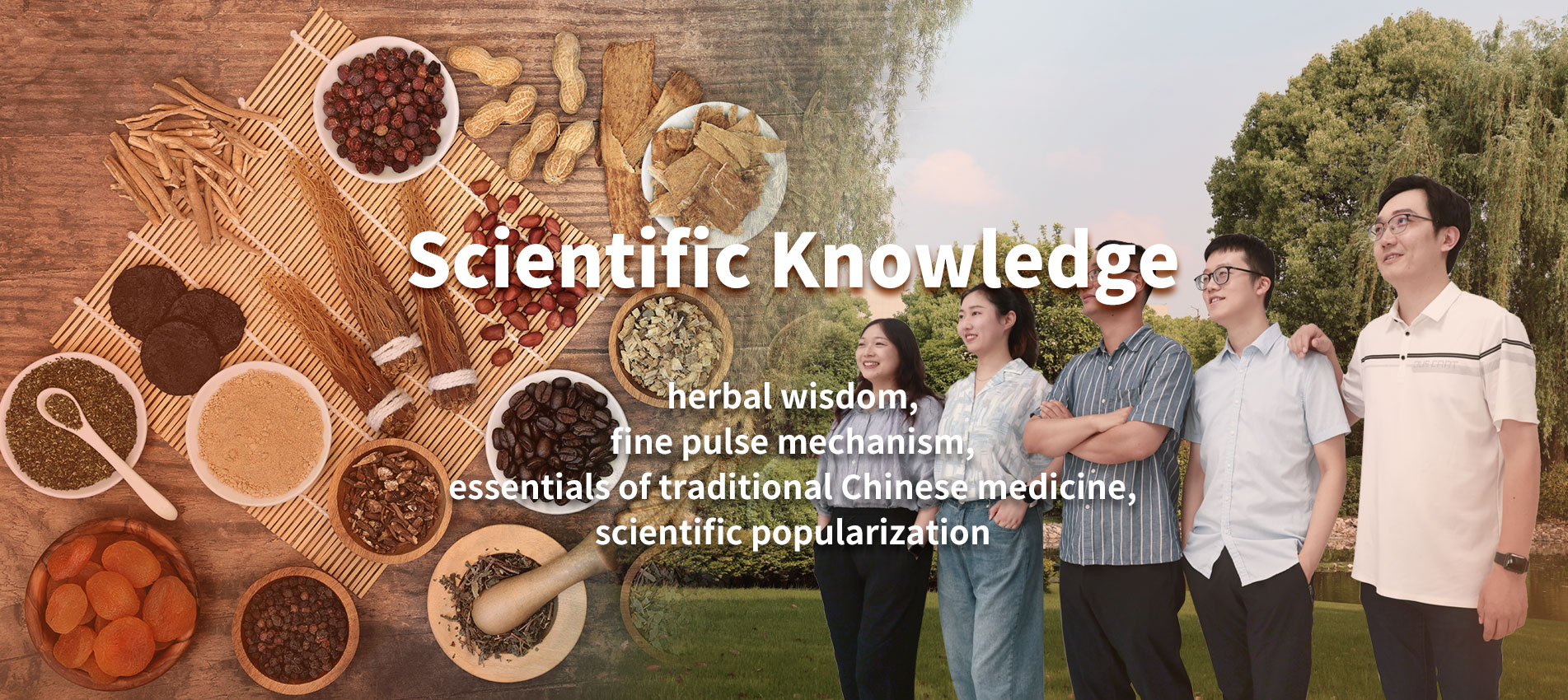Lilies belong to the lily family and are perennial herbs. They usually have an upright stem with single or multiple flowers growing from the top. Lilies have linear or lance-shaped leaves, and their flowers are popular for their elegance and fragrant aroma. Lilies prefer a sunny environment and have modest soil requirements, although well-drained sandy loam is preferred. The lily family is large, with over 100 different species. From the Oriental lily of Asia to the white lily of Europe to the tiger lily of North America, each has its own unique beauty. Oriental lilies are known for their large size and strong fragrance, while white lilies are widely used for ceremonial decorations because of their pure white petals and elegant flower shapes.
Lilies are not only pleasing to the eye with their elegance, they are also favored for their rich nutritional value and medicinal properties. Lilies appear in many forms in daily life, such as fresh lilies are eaten as vegetables, made into dried lilies and lily powder for cooking; their flowers contain aromatic oils and are sometimes used as spices. In addition, the bulb of the lily is rich in starch, which makes it a valuable food and is also used medicinally.
Lily contains starch, protein, fat and multivitamins (e.g. vitamin B1, B2, C) and minerals (including calcium, phosphorus, iron), and carotene and other special components such as colchicine alkaloids. These nutrients make lilies a nourishing food. At the same time, lily contains a variety of nutrients to help moisturize the skin, keep the skin healthy, is considered a beauty care ingredients.
According to Chinese medicine, lily is slightly cold in nature, and has the effect of clearing fire, moisturizing the lungs and calming the mind. “The Shen Nong Ben Cao Jing” says that lily results to abdominal distension. “Yi Lin Zuan Yao” says that lily can be used to treat symptoms such as dry cough, less viscous or no sputum due to lung deficiency. Lily can also be helpful in the late stage of fever, nervous breakdown and sleep disturbance. In addition, lily can also be used for gastric deficiency caused by heat symptoms, such as abdominal pain, dry pharynx, etc.
While lilies have many benefits, there are also taboos and potential side effects. For example, pregnant women should avoid excessive consumption so as not to affect the balance of the body; People with cold spleen and stomach deficiency should also eat in moderation to avoid affecting digestive function. In addition, individuals may be allergic to lily, develop skin itching, redness and other reactions, at this time should immediately stop eating and consult a doctor. Excessive consumption of lilies can lead to diarrhea, so appropriate consumption is recommended.



